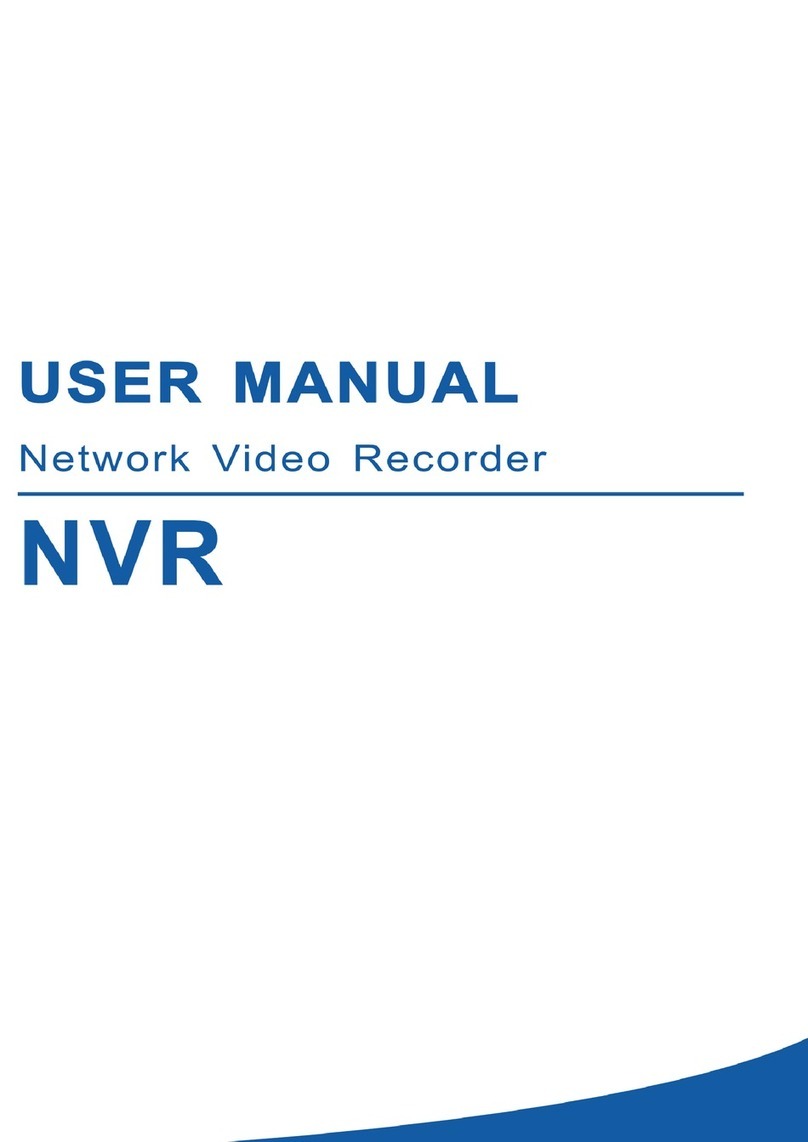
•
Familiarise yourself with
the functions of the device
before actually using it.
•
Allmodicationsofthe
device are forbidden for safety
reasons. Damage caused by user
modicationstothedeviceisnot
covered by the warranty.
•
Only use the device for its intended
purpose. Using the device in an
unauthorised way will void the
warranty.
•
Damage caused by disregard of
certain guidelines in this manual
is not covered by the warranty and
the dealer will not accept respon-
sibility for any ensuing defects
or problems.
General Guidelines
•
Neither Dutch Sensor Systems
B.V. nor its dealers can be held
responsible for any damage (extra-
ordinary, incidental or indirect) –
ofanynature(nancial,physical...)
arising from the possession,
use or failure of this product.
•
Due to constant product
improvements, the actual product
appearancemightdierfromthe
shown images.
•
Product images are for
illustrative purposes only.
•
Keep this manual for future
reference.
Page 5 of 56




























